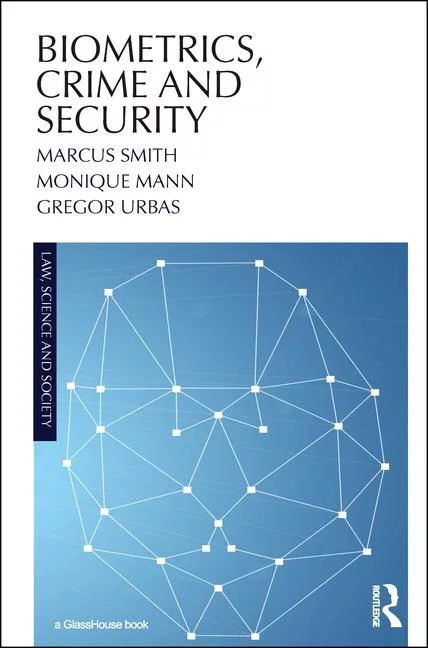AI and biometrics in 2021: Predictions, trends, and insights for what might lie ahead

Biometric security solutions and AI-powered fraud prevention technologies have, for several years now, been transforming the ways in which organizations protect their business, their customers, and their employees. In fact, some industry estimates reveal that AI and biometrics have combined to prevent billions of dollars in losses from fraud—already.
As we look ahead to 2021 and beyond, we know we already have the resources, solutions, and systems we need to help solve for an array of security challenges, both known and unknown. What we do need, however, is more widespread adoption of these resources that can help prevent account takeovers, scams, and other fraudulent activities; augment security protocols (both physical security and cybersecurity), and smooth the transition to a more secure digital future.
Let’s get into it. Following are a few of our predictions for AI and biometrics in 2021.
Remote work isn’t going anywhere for some time. Security measures and fraud prevention solutions will need to secure customer and employee interactions. They will also need to operate at peak performance when so many individuals will continue sit outside an organization’s firewalls – for two key reasons. Fraud attempts against remote workers and frontline agents have soared during the pandemic; we expect this to continue as long as employees are empowered to work from anywhere indefinitely. Secondly, there’s also the risk of unsupervised employees with access to personally identifiable information (PII), who have new opportunities to defraud their employers and customers. Security measures, protocols, and platforms must consider a broad array of threats to respond and adapt accordingly.
Artificial intelligence (AI) will transform security, authentication, and other initiatives. Fraud is not an unpreventable problem, and AI can help. Recently named one of the Security Industry Association’s “megatrends” for 2021, organizations can layer in and leverage AI in ways that help prioritize, adapt, and protect their customer experiences and services. Biometrics is one such example; it encompasses a range of modalities for customer authentication—voice, behavioral, facial recognition, etc. – that make this important consideration faster, simpler, and more secure than ever. Likewise, AI and the advanced analytics it makes possible can be applied in ways that expose new patterns may indicate fraud, identify and encourage best practices, and help mitigate security risks.
We’ll ditch the password in favor of biometrics. Passwords have lulled consumers into a false sense of security, one that’s especially problematic as all of us spend more time in online environments. Biometric authentication, on the other hand, can not only enhance organizational security efforts, it can also enable frictionless, convenient customer experiences. Pass phrases and behavioral authentication will lead the way to a more secure, digital future. And, as consumers understand both the security and simplicity implications of biometrics, they will grow more comfortable with these platforms. As just one example, the financial industry has begun leading the way in adopting voice biometrics, and we expect that this trend will spread beyond this sector and into other industries.
Customer care will take a drastic shift to video/virtual settings in the post-COVID world. As virtual consultations, transactions and interactions become the norm between brands and consumers, digital channels will need to be as safe, secure and convenient as if they were happening in person. For example, IBK (Industrial Bank of Korea) has implemented voice biometric technology to ensure robust, sophisticated customer authentication as virtual transactions are rising significantly. Reporting 100% consistency in validation rates, IBK has been able to revolutionize the digital banking experience.
All of this must be done with data privacy in mind. AI and biometrics create powerful platforms for solving tricky security problems. To do so effectively, however, requires a significant amount of data, much of which you already collect from your customers and all of which must be guarded and protected as the invaluable resource it is. That is, good data governance is good business. If you want your customers to ditch their password in favor of biometric authentication, they must first trust you to manage that private, personally identifiable information with the utmost care. This will require more than simply alerting customers to your privacy policy. Transparency, informed user consent, codes of conduct for any third parties you work with, integrity, and privacy protection design are vital at every layer of every customer interaction.
At the end of the day, the digital transformation we’ve been watching for some time has accelerated over the last year—ushering in a new era of innovation, technologies, and research. All of this will have significant implications for organizational security platforms and protocols. With the help of AI, biometrics, and privacy protections, however, we’ll create a foundation for a more secure, more digital, future.
Looking for a reprint of this article?
From high-res PDFs to custom plaques, order your copy today!






